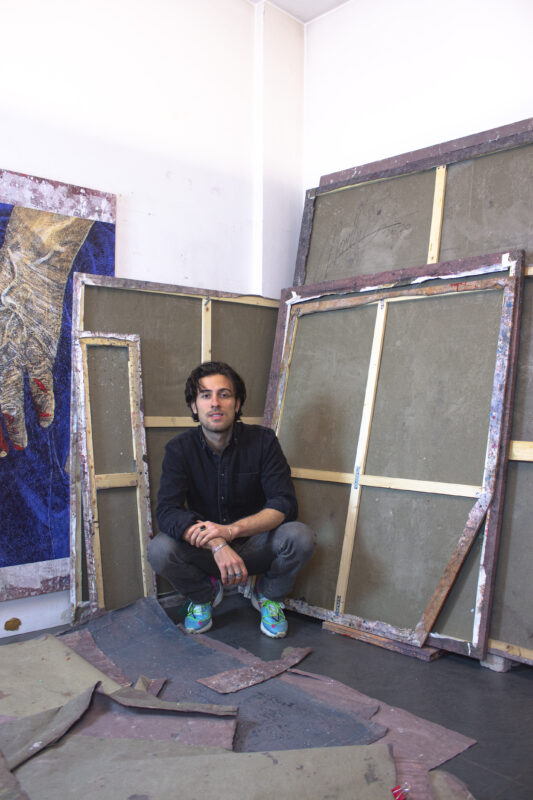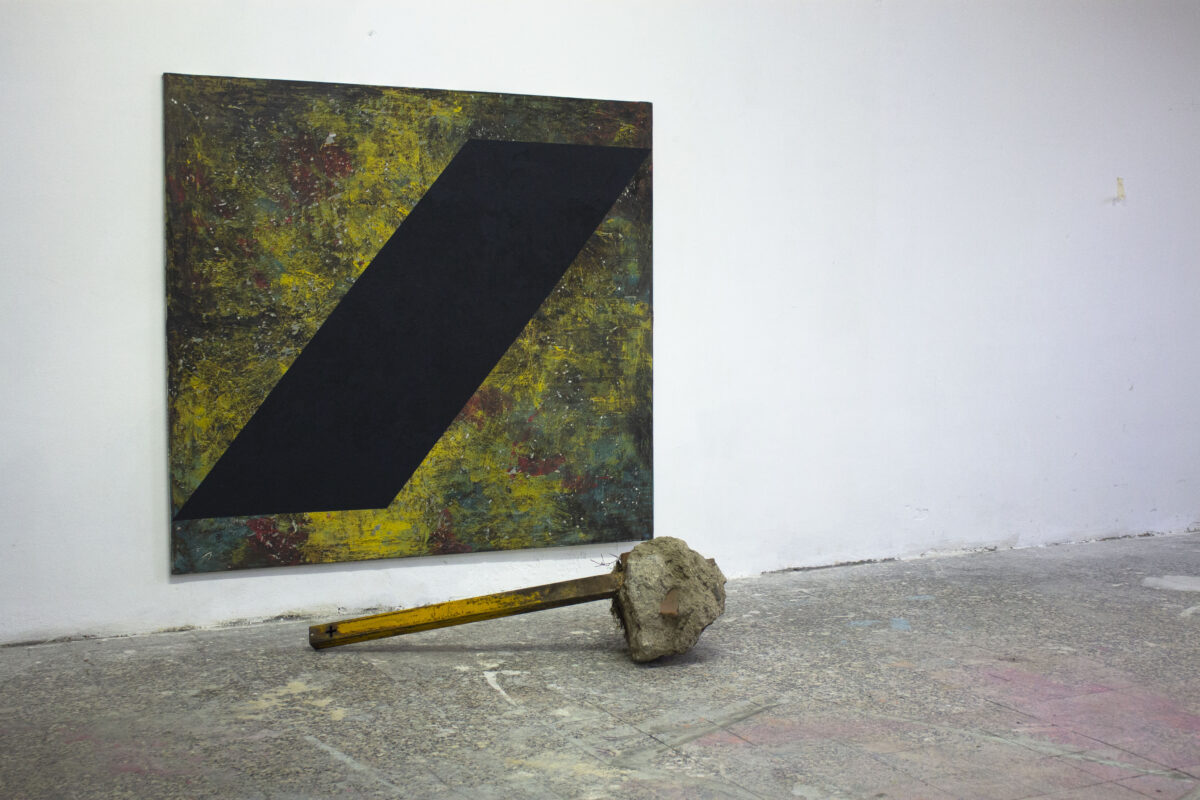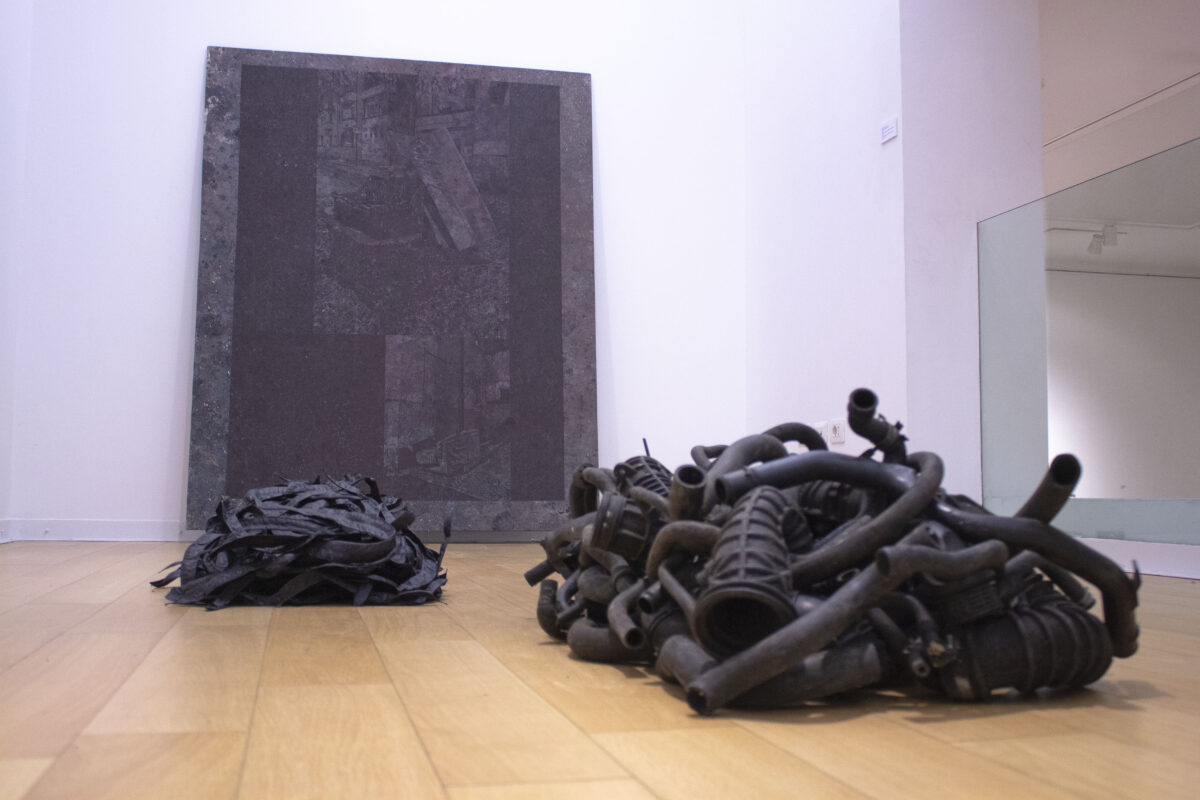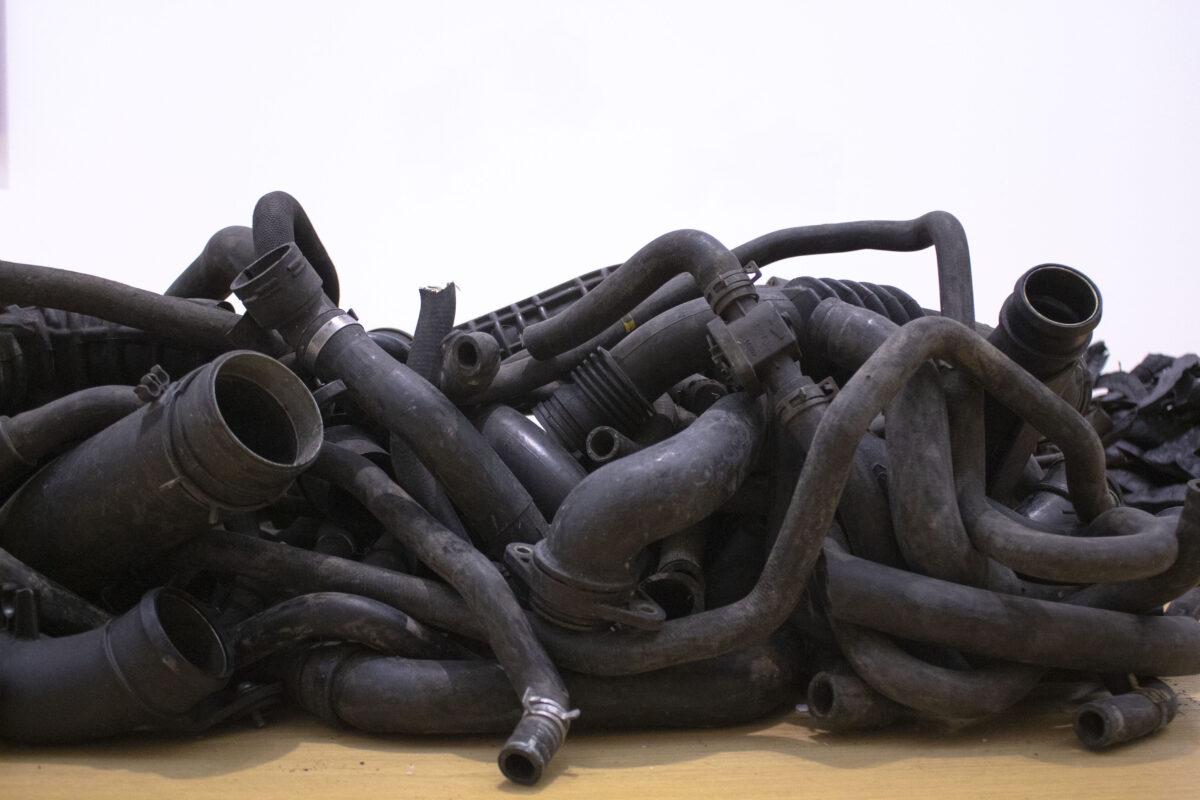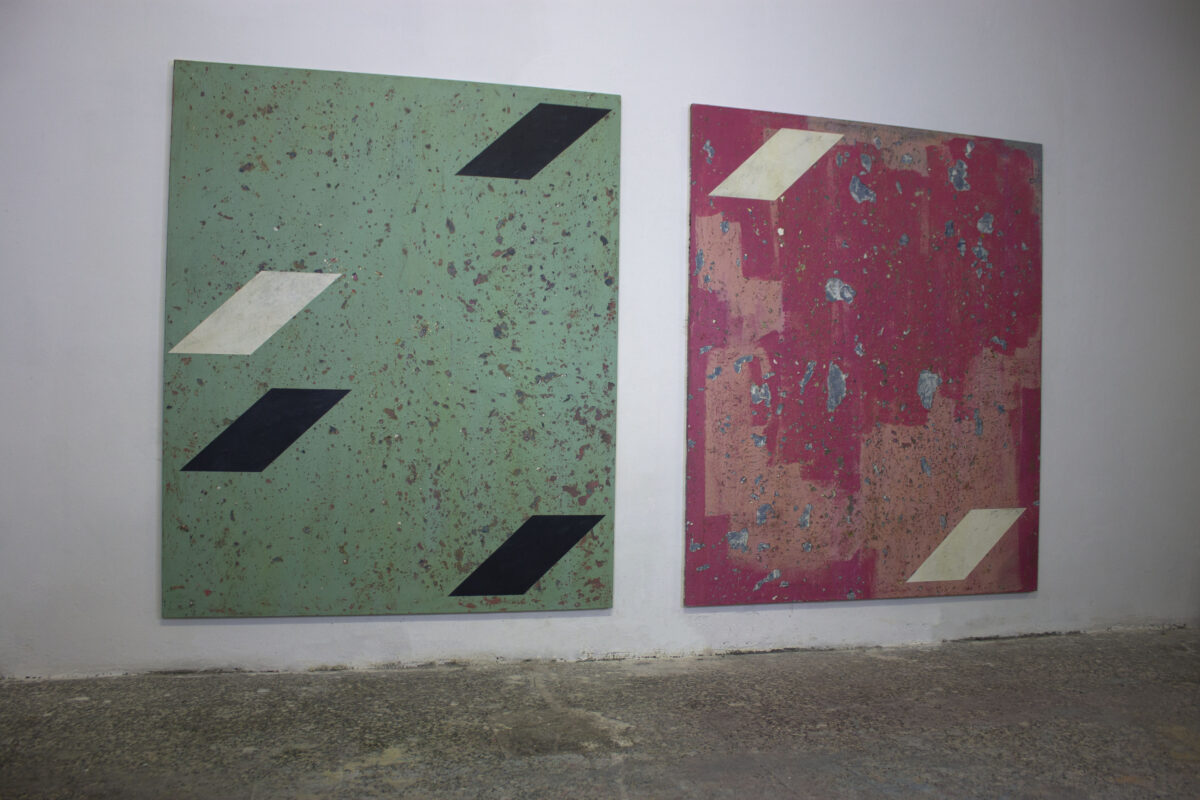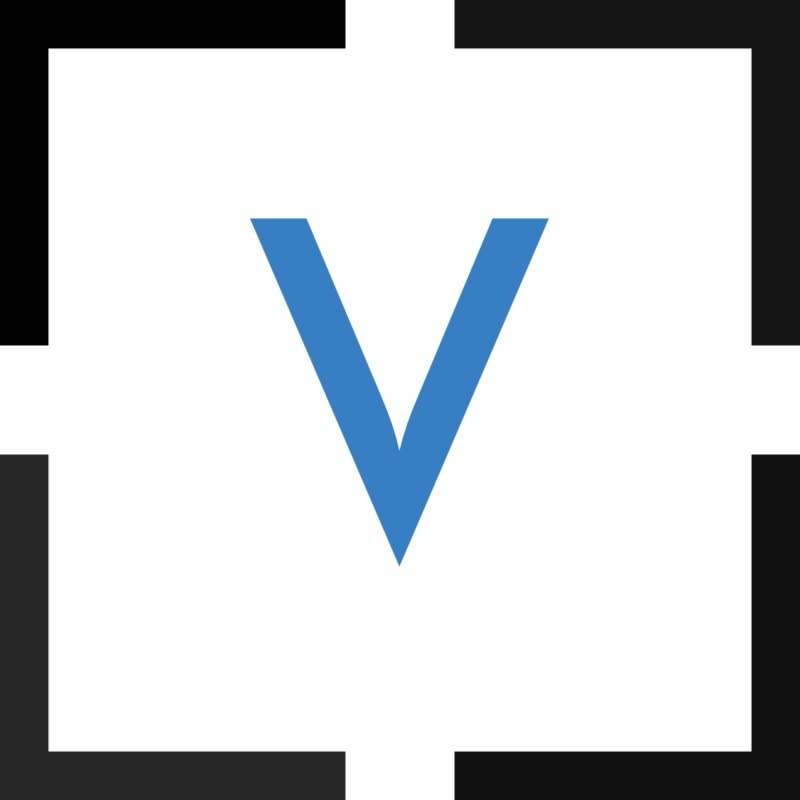INTERVIEW WITH NORBERTO SPINA
by Vera Canevazzi and Caterina Frulloni
1) Where do you live, where have you lived and where would you like to live?
Apart from a one-year interlude in Barcelona, I have spent the last 20 years of my life in Milan. I currently live and work in the San Siro area, to which I owe many of my artistic influences. I like it here in Milan, both professionally and personally, but in the near future I will be moving to London where I have received a scholarship to study at the Royal Academy. Once I have finished my three years in London I will be able to tell you more about where I see myself in my future.
2) What do you think is the most significant work of art of the last 20 years and why?
So many works have left me breathless and influenced me profoundly, but I find it really difficult to point out one above all others. I don't even know if I really have a favourite artist at the moment.
3) Which are in your opinion the three most interesting emerging artists at the moment?
Staying in Italy, I recommend: the duo Stefano Comensoli and Nicolò Colciago from the Milan area, the DAMP collective from Naples and Raffaele Vitto from Puglia.
4) What are your critical reference texts?
Between quarantine and various lockdowns, I had the opportunity to read practically all of Nicolas Bourriaud's published texts, which I highly recommend to those who wish to better understand the current trajectory of contemporary art. Tarkovsky's "Sculpting Time" also struck me deeply for the sincerity of his words regarding his artistic ideals and his profound coherence.
5) Where and how do you work? Do you need certain conditions to enter the creative process?
My artistic practice is very much linked to the place where I find them: both in terms of visual influences experienced in everyday life, and trivially in terms of the space I have available to work in. I love working in large formats and the fact that I have moved to a larger studio has allowed me to express myself much more freely. I like to work with music in the background, preferably loud.
6) Do you work instinctively or do you plan your works in advance?
I try to design my works as much as possible, but at the same time leave a space for the paint material to 'breathe'. I think that, if properly pondered, the randomness of certain gestures can have a charm and power that is difficult to achieve intentionally.
7) What role does the invisible play in your production?
I would say minimal, my research focuses more on the visible, on the concrete, on all the traces of humanity and abandonment that surround me. In the visible, for me there is already an immense universe of ideas to draw on and issues on which it is essential to continue to question ourselves, as artists and as people.
